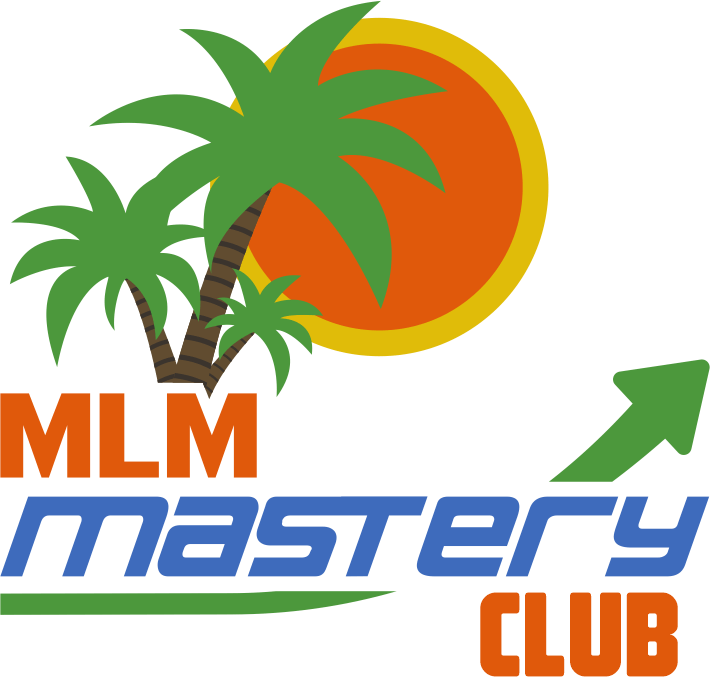Lesson 1: Overview and Listening – Generated vs. Automatic
Overview
Introduction, background Russ DeVan, Success by Design foundation, vision
MLM 200 billion in sale global 100 mil distributors which means it’s not working for 99%. Building what we build, we represent 10% of
Build partnerships, build relationships, we build together, request to donate 1/12 of next year’s pay for Success by Design Global Foundation, nonprofit organization, first responders, woman and children causes, other causes, everyone that donates has say where to pay out
If you don’t know that you don’t, it doesn’t exist in your world.
This course is about concealing what is in you more than teaching you something new.
Distinction between generated and automatic listening.
People are driven by commitments and concerns.
A person on the beach has a choice:
- Jump in
- Tip toe in
- Sit and watch
- Speak and stand in commitment
Difference between wanting and being committed to. Commitment is taking a stance, an act of courage.
How easy and fun would it be to build a business if you have more prospects than ever, and enrolling happens naturally?
We all have agenda’s, be up front with it, don’t hide it. Be interested in the person without attachment to the outcome, for example, recommending a movie or book.
Selling is a skill, often manipulation, overcoming objections, closing sale multiple times. It’s a force which naturally creates resistance – no force, no resistance.
Promoting means speaking enthusiastically of something of value, giving a true choice
Recruiting is a force, enrollment leaves an irresistible choice, happens naturally.
Network marketing is nothing more than a distribution setup.
Listening
Distinction between generated vs. automatic listening.
We are born with reactive listening. It’s always there; we are constantly hearing and listening.
In order to become an interesting person, we have to be interested in the other person.
A generated, generous, listening creates a space for the concerns and commitments of others. The key to managing conversations has more to do with “how” you listen than “knowing what to say.”
Listening while paying attention and you can hear things other people do not say. Be observant about your own generated listening and jumping to conclusions and/or assumptions.
Let people finish and do not interrupt. Pay more attention to what’s being said instead of your opinion about the topic.
Most people’s actions are based on concerns or commitments. Generated listening serves the purpose of discovering what’s been said regarding concerns and commitments and pick up on those. Commitments will identify if a person would be suitable to partner with you in business. Concerns need to be addressed instead of overruled.
The purpose of listening is to move conversation into action
Points to consider when listening:
Listening you’re speaking into—Is now a good time? Is the person ‘open’, interested?
It’s hard to stay quiet and listen to the end. It’s human. Listening is a skill that can be learned, trained, improved.
Listen like you’re a blank piece of paper and someone is writing on. Hear complaints which are on top of concerns – products handle concerns for people.
Action steps before the next lesson: Practice and observe listening


